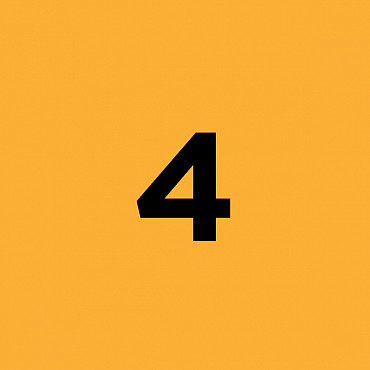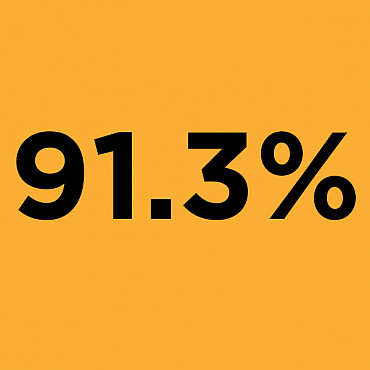How We Innovate
Ingenuity starts with opportunity. Ursinus students disrupt the status quo and reimagine what’s possible. They’ve taken a fundamental question of the Quest curriculum, “What Will I Do?” and answered it with a bold and resounding, “Everything.” They’re empowered to remove rigid parameters, break down silos, work at the intersection of disciplines, and invite diverse voices from different backgrounds and generations to come up with solutions to the world’s most pressing problems. At their very core, the liberal arts are innovative. It’s about being open to fresh perspectives, being unafraid to experiment and fail, and sparking ideas that create change.

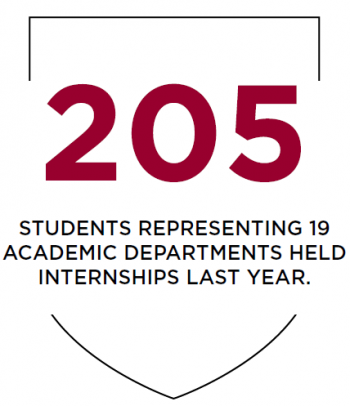
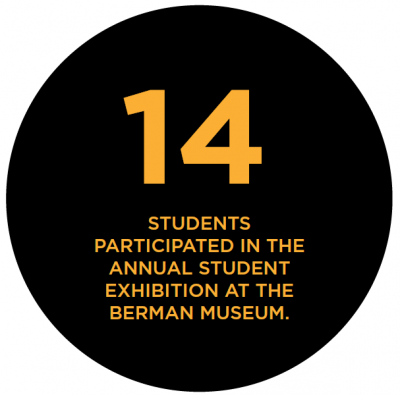
The Gift of Experience
At Ursinus, educational exploration not only happens in the lab or classroom, it also out in the field, forest, or ocean. Experiential learning is part of the unique identity of the college. Susan and Paul van Mulbregt, parents of 2017 graduate Emily van Mulbregt, witnessed the impact of this type of education first hand as their daughter participated in Professor of Biology Kate Goddard’s Marine Biology fieldwork course at Woods Hole, Mass., in her freshman year. It was a life- and career-molding experience for Emily—who is now a primate keeper at Zoo Atlanta—and she went on to complete two more fieldwork courses offered by the biology department, including Professor Ellen Dawley’s “Biology of the Neotropics” in Costa Rica and a second course with Goddard on Wetland Biology in Stone Harbor, N.J. Emily’s experience inspired the van Mulbregts to make annual donations to the Student Fieldwork and Travel Assistance Fund. “We want to give every interested student the chance to have the same experience Emily was able to enjoy, regardless of its costs,” said Paul van Mulbregt.
What’s Trending?
The relationship between ad spending and stock prices is well-supported, but research on social media’s impact is still new. That’s the angle student and faculty researchers are taking in the classroom. They’re identifying stocks of firms with the most Twitter followers—or that own brands with the most Twitter followers—to determine a student’s likelihood of buying a stock. One concrete example? Tesla Motors. “The firm spends virtually nothing on advertising, but most would agree that Elon Musk’s tweets have contributed to Tesla stock’s amazing performance,” Associate Professor Scott Deacle said.
Making an Impact in the Lab
In Rebecca Lyczak’s lab, students are doing research to better understand cell division and embryonic development—more specifically, the regulation of the cell cycle in this process. The National Institutes of Health has taken notice, providing $407,883 in grant funding so that Lyczak and her student researchers can build on their work, which has uncovered the protein PAM-1’s role in cell division. Proper regulation of the cell cycle is necessary for development, tissue regeneration, fertility, and the prevention of cancer. Lyczak initially discovered the PAM-1 protein, its role in cell division, and what happens during embryo development.
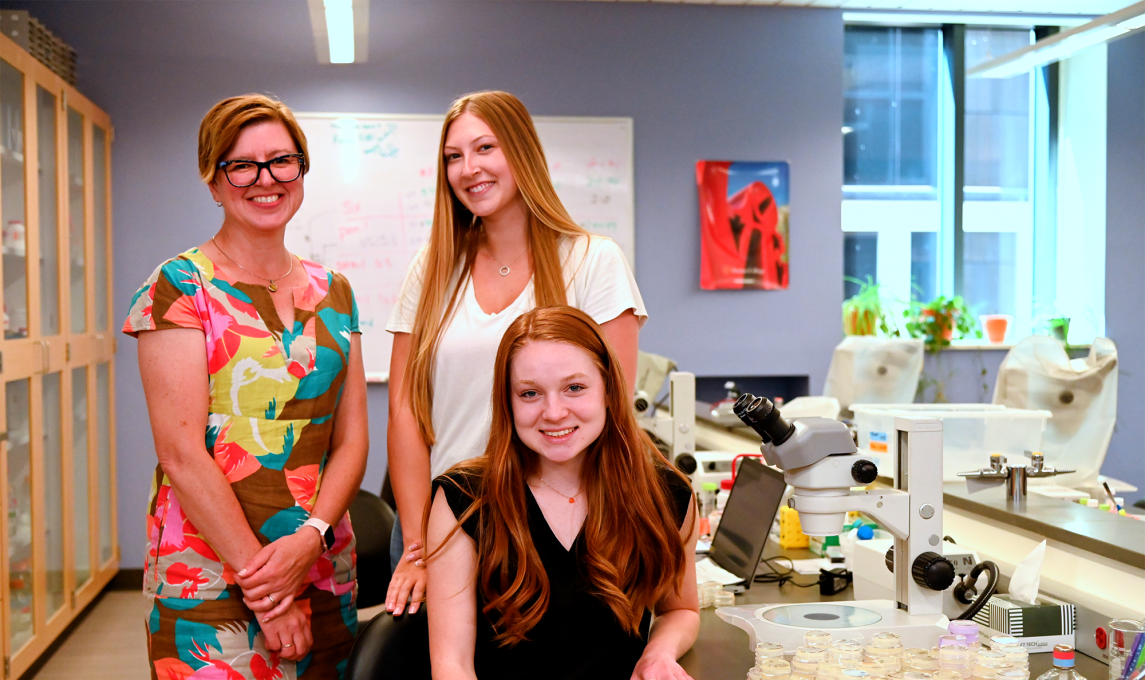
The Pandemic’s Global Impact
Thirteen Summer Fellows representing a variety of majors participated in a weekly discussion regarding how the COVID-19 pandemic exacerbated disparities already present in the U.S. and globally. The group used short readings, podcasts, and data to jump-start discussion about topics such as the basic biology of SARS-CoV-2 and COVID-19 disease, vaccines, variants, and disproportionate impacts among different populations.
Creating Art Across Disciplines
For Immigrant Flora: Rising Under—a wall drawing in the Berman Museum of Art—Ursinus students explored the intersections of science, commerce, and politics to prompt discussion surrounding immigration and displacement. The students were chosen to bring diverse academic perspectives that could inform the piece while also collaborating with artist Bahar Behbahani and faculty from different academic disciplines. “Bahar encouraged us to take it in any direction we wanted in terms of research—and even materials we gathered—to help inspire the projects,” said Kristen Cooney ’22.





